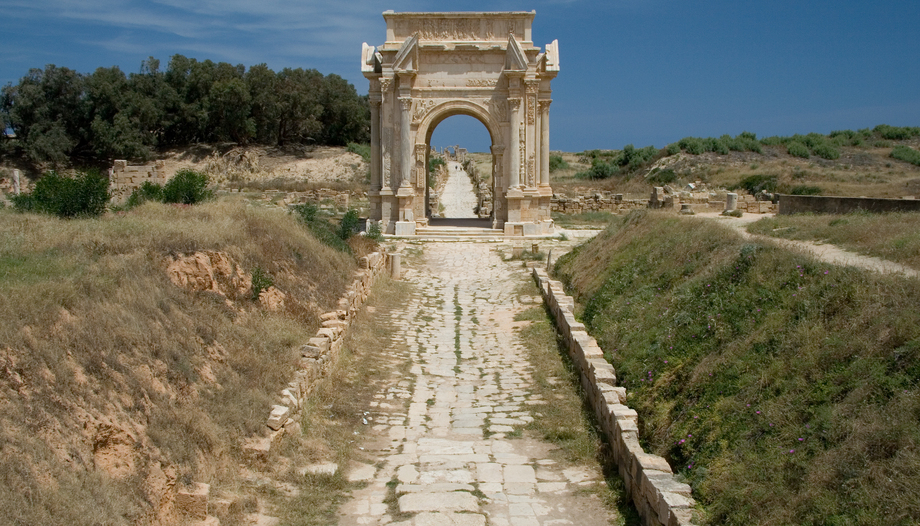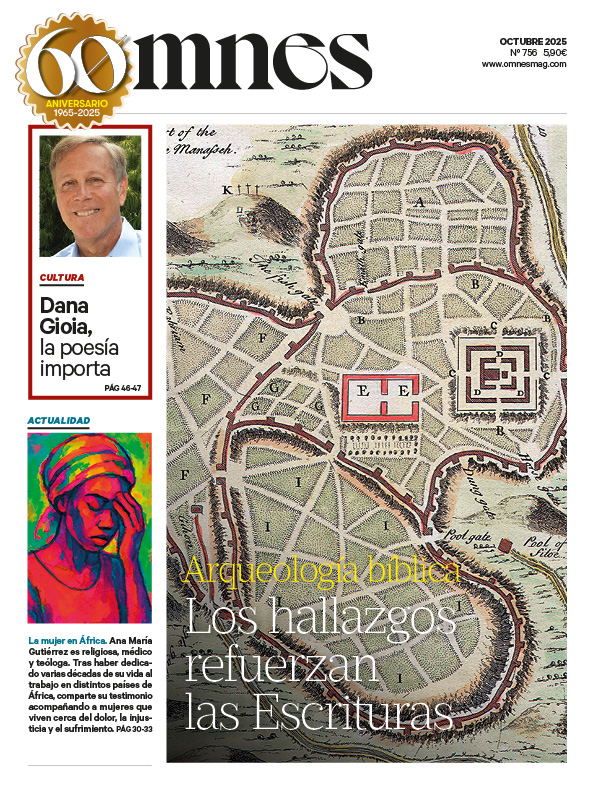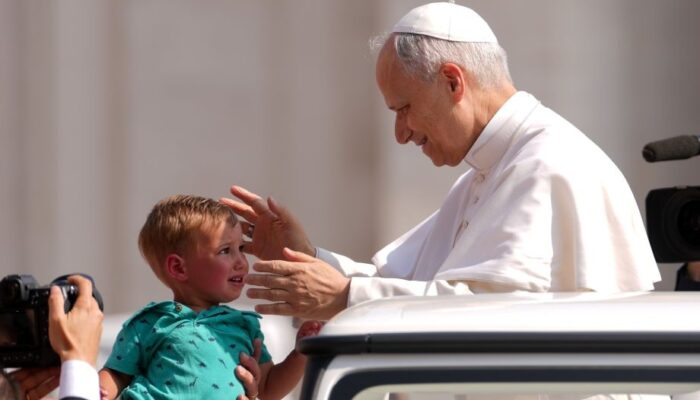In a previous article on Libya, we illustrated the great geographical and cultural fragmentation that exists in the country, both because of the vastness of the Libyan territory (more than 1.7 million square kilometers, divided into the three macro-regions of Tripolitania, Cyrenaica and Fezzan) and the ethnic origin of the population, with Arabs and Berbers constituting the vast majority and smaller percentages of other ethnic groups, i.e. at least 10 % of sub-Saharan immigrants and small percentages of Tuaregs and Tebu.
Arabs and Berbers
Speaking of Morocco, we commented on the main differences between the Arab countries of the Maghreb (West Africa and then North Africa up to Egypt) and the Mashreq (from Egypt to Iraq, excluding the Gulf countries). In both cases, however, these are Arabized countries after the Islamic conquest, but in different ways. Also in Libya, the Arabic-speaking population constitutes 90 % of the national total and is the result both of the Arabization (or adoption of Arabic as the first language) of the indigenous ethnic group, which also here, as in the rest of the Maghreb, was largely of Berber origin, and of the migratory waves of Arab tribes, starting in the 7th century, with the Islamic conquest of the area.
In Libya, especially among Arabs, tribalism is still widespread, and tribes, especially the larger ones such as the Warfalla, Magarha and Zintan, play a key role in the management of local politics and society.
This was well understood by Mu'ammar Gaddafi (1942-2011), who used this tool to consolidate his power in the territory, just as the Italians did in the colonial era and King Idris I. Similar to what Saddam Hussein did in Iraq and the Assad dynasty in Syria, and with a typically colonial strategy, Gaddafi knew how to pivot on one or more tribes or communities in the country (in his case his own, the Qadhadhfa, of which Gaddafi is the Italian transliteration, but he also forged alliances with the Magarha and the Warfalla), to whom he lavished economic, political and military privileges (in fact, members of these tribes dominated the security forces, oil resources and key political posts), feeding clientelism and marginalizing hostile tribes, especially those of Cyrenaica.
Indeed, although from the 1980s onward Qaddafi attempted to downplay the role of the ruling tribes in favor of a common pan-Arab identity, inter-tribal conflicts and dissatisfactions contributed greatly to his downfall, when the Arab Spring uprisings also plunged Libya into turmoil.
Tribalism and inter-tribal contrasts, as we unfortunately see also in Syria and Iraq after the fall of the local dictators, resurface with fury when a strong and centralized power, which does not spare the use of brute force to repress any dissent, has to make way for weak and otherwise corrupt administrations. Thus, in Libya, inter-tribal rivalries continue to prevent genuine national reconciliation and an end to the civil war.
As for the Berbers, or perhaps we should say Berber speakers to differentiate them from Arabic speakers (who are also partly of Berber origin), they would account for about 7 % of the population, concentrated mainly in the Jebel Nefusa and Ghadames, and their language and culture are still extremely lively despite centuries of marginalization.
The peoples of the desert: Tuareg and Tebu
The Tuareg also speak a language of Berber origin, but different from that of the Libyan Berbers. They are a nomadic people, present in almost all Saharan countries, and in Libya they constitute about 0.3 % of the total population, i.e. about 21,000 individuals. They are famous for their clothing, in particular for the veil worn by the men (tagelmust), blue in color, which is wrapped around the head and face to protect them from the sun and the desert sand (this is why they are sometimes called the "blue people"). They travel the length and breadth of the Sahara, beyond the borders of nation states, and live in tents made of sheepskins. Women play a crucial role in their society (including in community decision-making) and are repositories of ancient oral and poetic traditions. Anyone who has been able to visit the Tuareg communities of the Sahara desert knows how incredible their sense of hospitality is.
The Tebu, on the other hand, are a Saharan ethnic group (therefore neither Arab nor Berber) of about 50,000 individuals in Libya. Like the Tuareg, they live mainly in the Fezzan area (south of the country), also nomadic in the Saharan dunes.
Both the Tuareg and the Tebu are of Islamic religion (Sunni) and estimates of their population numbers are highly variable precisely because of their nomadic nature, which often makes it difficult to carry out accurate censuses.
Jews in Libya
Judaism has been present in Libya since the time of the Greeks (think of Simon the Cyrenian, who is said to have come from Cyrene). When the provinces of Tripolitania and Cyrenaica became an Italian colony in 1911, several hundred Jewish immigrants from Europe joined the ancient community already present in the territory. The Libyan census of 1931 registered some 24,500 Jews in the country, concentrated mainly in Tripoli.
The Jews living in Libya were also victims, like their Algerian and Tunisian co-religionists, of the Nazi-fascist "anti-Semitic" policy, applied, in this case, by the Italian dictatorial regime, especially after the promulgation of the Racial Manifesto in Rome in 1938. Moreover, even after the Second World War and the creation of the State of Israel, they were victims of attacks and persecution by Muslims. From that moment on, therefore, a gradual emigration began, which turned into a massive exodus from 1949 onwards, with 35,142 people emigrating to Israel, mainly between 1956 and 1958, mainly due to the serious tensions existing at that time between the Jewish State and its Arab neighbors.
After the Six-Day War in 1967, another 6,000 Libyan Jews were transferred to Italy because of the threats to their community. After 1969, the year of the Revolution and the end of the monarchy, the rest of the Jews who had remained in Libya until then, a few thousand foreigners, also left the country, along with the more than 20,000 Italians expelled by Gaddafi at the same time as the proclamation of the Day of Vengeance in 1970.
Islam
The state religion in Libya, enshrined in the interim constitution of 2011, is Sunni Islam, with Sharia as the main source of law. However, freedom of religion is guaranteed for Christians and Jews, who may follow their own personal and family status laws. However, discrimination against non-Muslims persists, especially with regard to public profession of faith and, moreover, "apostasy" (the crime of conversion from Islam to another faith), as in other Islamic countries.
About 95 % of Libyan Muslims are Sunnis belonging to the Malikite juridical school. However, Libyan Islam has been heavily influenced by Sufism, a mystical and spiritual current not strictly orthodox (in fact, it derives from contacts with Christianity and Eastern religions) that places great emphasis on interiority and direct experience of God, including through practices such as meditation, prayer, recitation of the dhikr (repetition of the 99 names of Allah) and ritual dance (the famous whirling dervishes).
In Libya, in particular, Sufism (from the Arabic word "ṣūf", "wool", to indicate the coarse woolen garments worn by the early Sufis as a symbol of simplicity and renunciation of material goods, a bit like the Franciscan habit, so there seems to have been mutual influences between the two confessions in this area) has a millenary history, with its confraternities, or tarīqa, which have played a crucial role not only in the spread of this type of Islamic spirituality, but also, as in the case of the Tarīqa al-Sanusiyya, of the Senussi, in the resistance against Italian colonization and in the formation of the Libyan national identity. Moreover, Sufi shrines still exist and constitute important centers of devotion and pilgrimage, a real factor of national unity.
Another reference should be made to the Ibaita community. In Libya, in fact, the followers of Ibadism are approximately 4.5-6 % of the population (between 315 and 420 thousand people), concentrated mainly in the Jebel Nefusa and in cities such as Jadu and Zuwarah (mainly Berbers). They belong to one of the oldest "sects" or currents of Islam, in this case distinct from the more numerous and well-known Sunni and Shiite sects. Ibadism was originated in the 7th century by Abdallah ibn Ibad and is related to Kharijism, another sect that is neither Sunni nor Shiite, from which it differs in being much more moderate and pragmatic. Ibadism, in fact, promotes greater tolerance towards other Islamic currents.
Christianity in Libya
The Christian presence in Libya has very ancient roots, dating back to the first century, when Tripolitania and Cyrenaica were part of two provinces of the Roman Empire. With the arrival of Islam, unlike in the eastern regions of the caliphate, Christianity gradually disappeared in Libya, until today it is reduced to a mere 111,000 believers out of a total of more than 7 million inhabitants.
The main Christian denominations are Coptic, with some 60,000 faithful, and Catholic, with some 50,000. There are also small minorities of Russian Orthodox, Serbs, Greeks and Anglicans. There are also small minorities of Russian, Serbian and Greek Orthodox and Anglicans. A large part of the Christians are of foreign origin (more numerous in the Qaddafi era), especially Egyptians (Copts) or sub-Saharans, such as the 20 Egyptian Christians and one Ghanaian who met their death at the hands of ISIS in Libya in 2015, and whose execution video circulated worldwide at the time. They were later found buried together in a mass grave, wearing the same orange jumpsuit they were wearing in the video at the time of execution).
As mentioned above, restrictions on worship and limitations on religious freedom persist, as in many Islamic countries.







